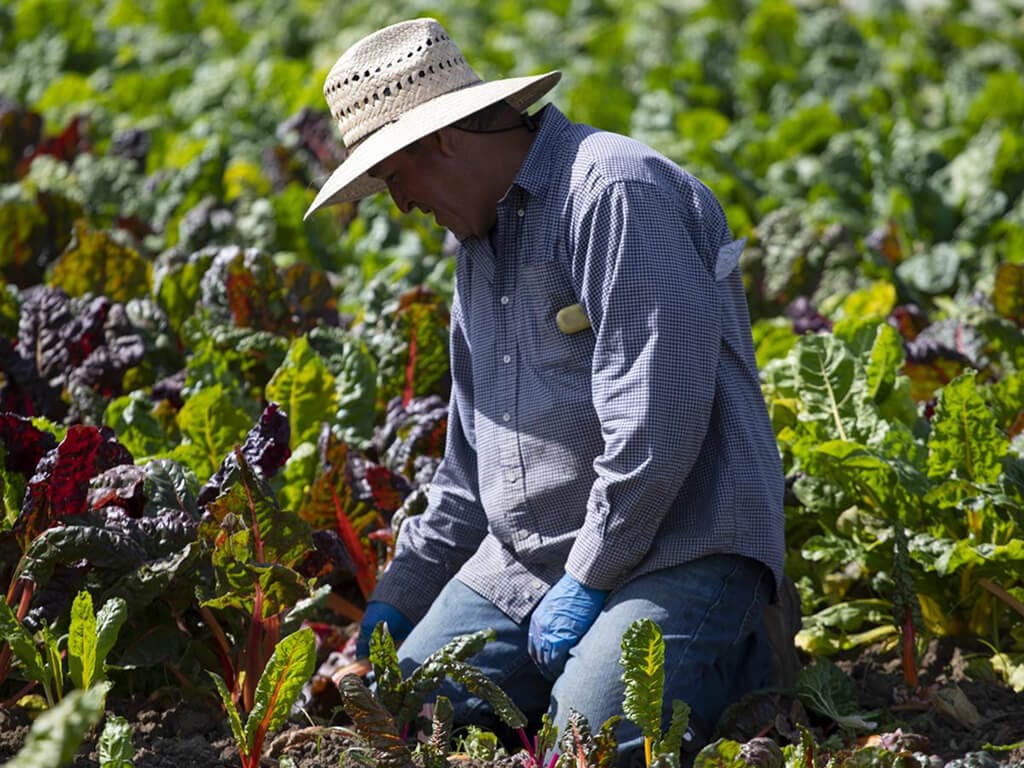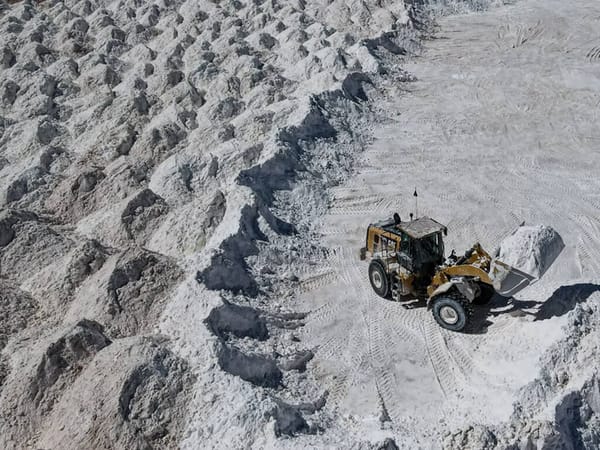In Arkansas, a Slow Unraveling of the Farm Economy
Arkansas farmers are struggling with declining commodity prices, rising costs, and high interest rates. Bankruptcies are increasing, and experts warn the farm sector faces mounting economic pressure across the state.

The sun rises over the Arkansas Delta, casting a golden glow on fields that have sustained families for generations. But behind the picturesque landscape, worry has taken root. Farmers across the state are feeling the squeeze from declining commodity prices, rising costs, and persistent trade uncertainties. High interest rates tighten the financial noose, and for many agricultural families, staying afloat feels like an uphill battle. Bankruptcies are rising at levels not seen in years.
In the first quarter of 2025 alone, Arkansas recorded 15 Chapter 12 bankruptcy filings, nearly matching the total for all of 2024. Chapter 12, established to help family farmers and fishermen restructure debt while continuing operations, provides a vital lifeline. Yet if current trends continue, filings could surpass the 2017 peak of 17, the highest in more than a decade.
Rising Costs and Threats to Consumer Supply
The challenges are not new. In July 2024, agricultural leaders testified before the U.S. House Committee on Agriculture, sounding the alarm about a worsening crisis for farmers nationwide. Costs for labor, equipment, fuel, land rent, fertilizer, and seed have surged, with some expenses nearly doubling in recent years.
Farmers report that profit margins have become so thin that even a bumper crop is necessary just to break even. Crops once considered reliable, such as soybeans, which continue to expand rapidly across the United States, now face intense global competition, making profitability a constant struggle.
The consequences are not limited to farms. Consumers may also feel the impact, as supply shortages could emerge if domestic farmers continue to struggle or are forced to shut down operations.
Government Support Offers Some Relief but Not Enough
In December, Congress passed the American Relief Act, extending the 2018 Farm Bill and its safety net provisions. According to the U.S. Department of Agriculture, the extension provides stability through price support programs and expanded access to credit, helping farmers start, grow, and sustain their operations amid volatile markets.
Despite these efforts, the financial pressure persists. The USDA forecasts net farm income to decline for the second consecutive year, dropping to $139.1 billion in 2024 from $147.3 billion in 2023. Expenses are projected to decrease slightly to $452.9 billion but remain nearly 22 percent higher than in 2021, highlighting the ongoing surge in input costs.
Larger farms, with more assets and financial flexibility, are generally better positioned to withstand these challenges, leaving smaller family run operations especially vulnerable.
Part of Broader Economic Strains?
While these struggles are deeply rooted in agriculture, experts see them as part of a wider economic story. Financial pressures are extending beyond the fields, affecting businesses across the state. Chapter 11 filings, typically used for larger business reorganizations, rose sharply, with 15 cases in the first quarter alone, a 67 percent increase from the same period last year.
The trend underscores growing economic anxiety in both rural and urban Arkansas, signaling a crisis that may demand urgent attention from policymakers. For farmers and communities that depend on them, the stakes are high, the survival of family farms, the stability of local economies, and the future of American agriculture hang in the balance.





